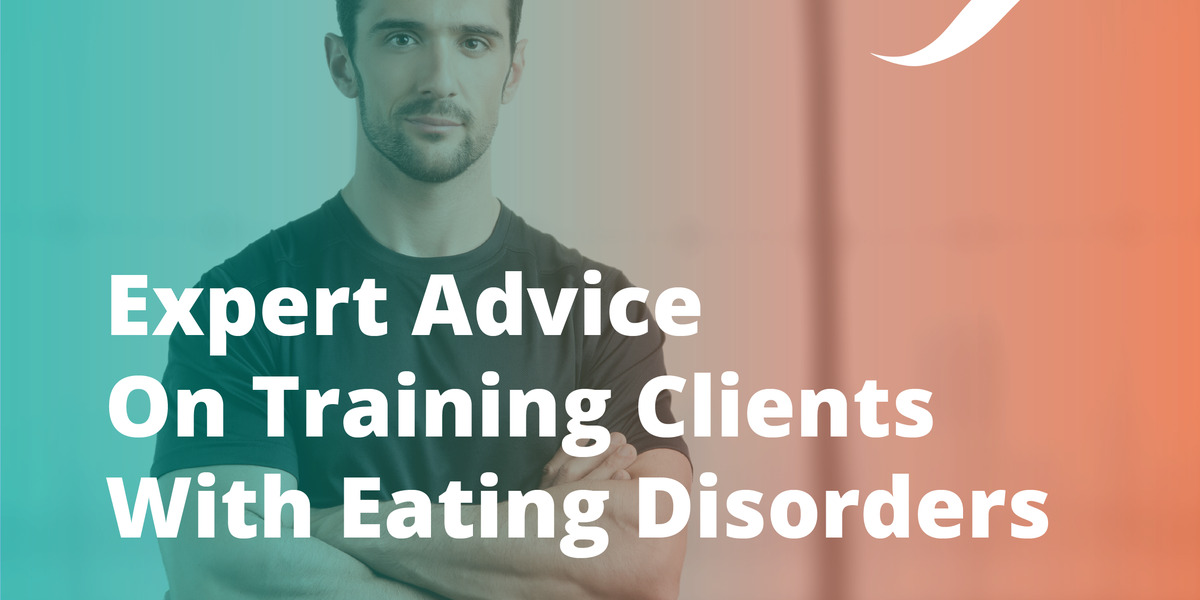Eating disorders can have devastating effects on those who suffer from them. If you’re a trainer or coach who works with clients with eating disorders or plans to enroll in eating disorder courses, there are some essential things to remember.
This article will explore how to work with clients with eating disorders.
What are Eating Disorders?
People with eating disorders typically have a distorted view of their bodies, seeing themselves as overweight even when they are underweight. This can lead to dangerous behaviors like starvation, bingeing, and purging in an attempt to lose weight.
Eating disorders can have a huge physical and psychological impact, and they often require professional treatment.
The Different Types
Some common forms of eating disorders are as follows:
Anorexia Nervosa
When someone suffers from anorexia nervosa, they fear gaining weight so intensely that it leads to severe restriction of food intake. It often results in dangerously low body weight.
They often perceive themselves as overweight or underweight.
Bulimia Nervosa
This type involves cycles of binge eating and purging behaviors using laxatives or self-induced vomiting.
During a binge, people with this disorder often feel out of control and use purging to “undo” the damage.
Binge Eating Disorder
This disorder can be characterized by recurrent episodes of binge eating without purging.
Warning Signs
Here are a few warning signs to look out for:
- Preoccupation with food, weight, and appearance
- Disordered eating includes skipping meals, purging, and dieting
- Obsessive thoughts about body image
- Extreme mood swings
- Withdrawal from social activities
Working with Eating Problem Clients:7 Tips
If you’re a trainer, you need to keep some things concerning eating disorder awareness in mind.
Know the Client’s Circumstances
You need to understand the client’s situation.
- What is their desired outcome?
- What sort of support do they get from their loved ones?
- What is their level of motivation?
Create a Safe, Supportive Atmosphere
Be respectful of the client’s wishes and boundaries and be open to discussing difficult topics.
Be Flexible in Your Approach
Not all clients will respond to the same type of training. You may have to try different techniques to find what works best for the client.
Establish Trust and Build Rapport
Dieting, weight loss, and food restriction talk can trigger a relapse. Pay attention to your body language, and do not display behaviors that might be interpreted as judgmental or critical.
Avoid Triggering Language and Behavior
Always be mindful of the way you speak and act around clients. Diet, weight loss, or food restriction talk may trigger a relapse. Avoid being critical or judgmental.
Promote Self-Acceptance and Positive Body Image
Recovery from an eating disorder involves loving and accepting oneself, flaws and all. Assist your client in seeing their beauty and worth regardless of weight or appearance.
Encourage Healthy Coping Mechanisms
Help your client find healthier ways to cope with stress, like talking about problems instead of eating them away.
Conclusion
If you’re interested in helping people with eating disorders, you’ll need the right training. Cudoo offers an online health and wellness certificate that will give you the skills you need to work with clients struggling with these issues.



